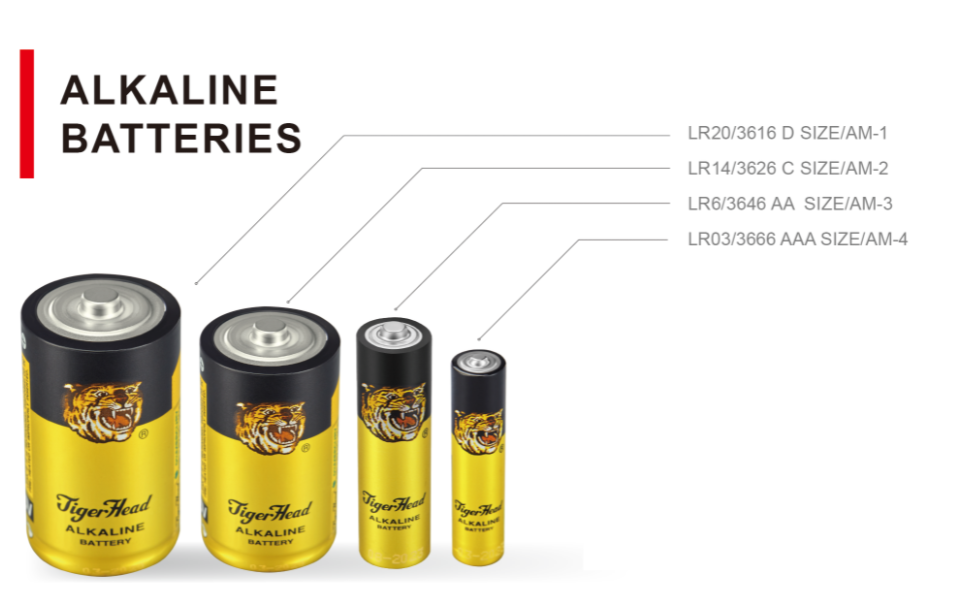Basics of the Alkaline Battery
Alkaline batteries, also known as alkaline dry batteries, alkaline zinc-manganese batteries, and alkaline-manganese batteries, are the best-performing varieties in the series of zinc-manganese batteries. It is suitable for large discharge capacity and long-term use. The current generated of alkaline battery is larger than that of ordinary carbon batteries owing to its low internal resistance. Because these batteries are mercury free, they can be disposed of with household waste without deliberate recycling.

● Capacity
The capacity of alkaline batteries is higher than that of carbon batteries because manganese dioxide used as a cathode has a higher purity and density, and the internal parts (such as electrodes) are smaller in volume, which also frees up space to help increase capacity. It has 3 to 7 times more capacity than carbon batteries.
● Voltage
The electromotive force (e.m.f) of a single alkaline battery, that is, the voltage without load is generally 1.5V, but with different manganese dioxide and zinc oxide, the voltage will vary from 1.5V to 1.65V. When the load is connected, the voltage will drop with the increase of the output current, and the voltage will drop to about 1.1V to 1.3V under normal load.
● Current
Alkaline batteries can output more current than carbon batteries. Alkaline batteries with larger capacity can output larger current because the electrode area is increased, and there are more substances that can produce chemical reactions at the same time. Excessive current will cause the battery to heat up during the discharge process. Generally, alkaline battery size AA can output a current of 700mA without significantly heating up, while larger types of C and D batteries can withstand larger currents without significantly heating up.







